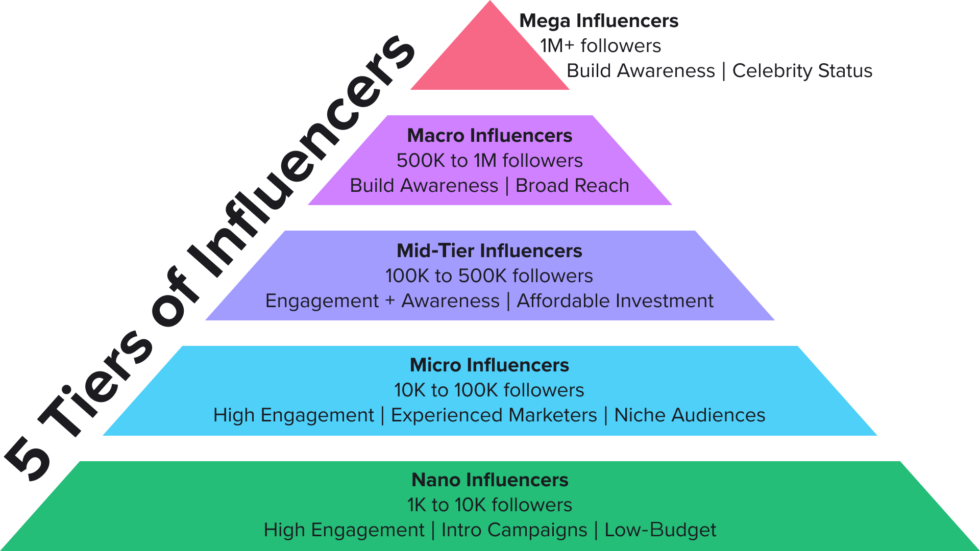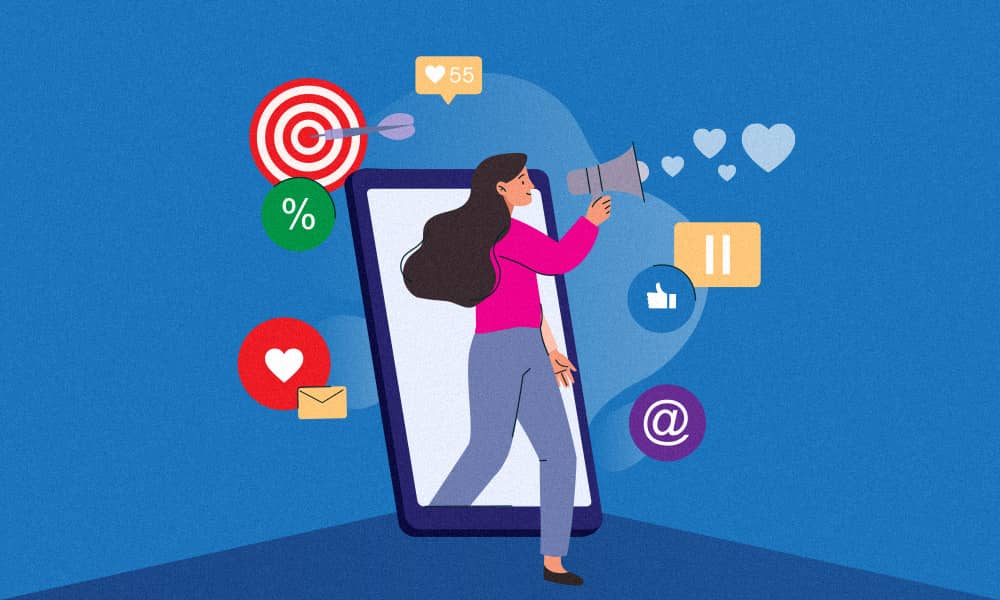The world of influencer marketing has matured from being the ‘next big thing ‘ to one of the core strategies for brands seeking to enhance their visibility online.
Nowadays consumers are more interested in the advice given by common customers influenced by marketers, rather than opting for lines and display of advertisement, which is making the focus to change from traditional Advertisement towards Influencer Marketing.
In this blog we will go through what influencer marketing is, the top benefits of it, types on influencer marketing and how to build an optimised influencer marketing strategy for 2024.
What Is Influencer Marketing?
Influencer marketing is a type of social media marketing in which brands work with people who have follower and are crediblyhuge influencers within their niche. These influencers are not ordinary people but have often the expertise, credibility and influence in their respective fields to leverage that for brands they work with.
Those influencers can be found on platforms like Instagram, YouTube, TikTok and Twitter. They produce content that will connect with their audience and subtly (or not-so-subtly) endorse a brand at the same time. This remains one of the most powerful digital marketing strategies as we embark on 2024.
Benefits of Influencer Marketing
- Increased Credibility and Trust: Consumers are more likely to trust recommendations from people they follow and admire than from brands themselves.
- Targeted Marketing: Influencers typically operate within a specific niche, allowing brands to reach a highly targeted audience.
- Boosted Engagement and Visibility: Influencers help enhance brand visibility, drive website traffic, and engage audiences across social media platforms.
Types of Influencer Marketing

Understanding the different types of influencer marketing can help you decide which strategy best aligns with your business goals. Here are the four main categories:
Nano Influencers (1K-10K followers): These are everyday social media users with a small but highly engaged audience. While they don’t have the reach of larger influencers, their followers tend to trust their recommendations due to their perceived authenticity.
Micro Influencers (10K-100K followers): Micro influencers specialize in specific niches and have a dedicated audience. They offer a balance between reach and engagement and are often more affordable to partner with than larger influencers.
Macro Influencers (100K-1M followers): These influencers have a broader reach and usually collaborate with bigger brands. Their audience may be less niche-specific, but they offer the potential for massive visibility.
Mega Influencers (1M+ followers): Mega influencers, such as celebrities, have extensive reach but can be costly. Brands typically work with them to generate widespread awareness for new product launches or campaigns.
Influencer Marketing Platforms in 2024
With the rise of influencer marketing, influencer marketing platforms have become essential tools for brands. These platforms connect businesses with influencers and provide tools to manage and track campaigns. Here are a few leading platforms to consider in 2024:
- AspireIQ: A top platform that helps brands discover influencers, create campaigns, and analyze performance.
- Upfluence: This platform offers influencer search, recruitment, and management tools, along with data analytics to help optimize campaigns.
- Traackr: Known for its influencer marketing analytics, Traackr offers insights to help brands measure their campaigns’ ROI and improve targeting strategies.





